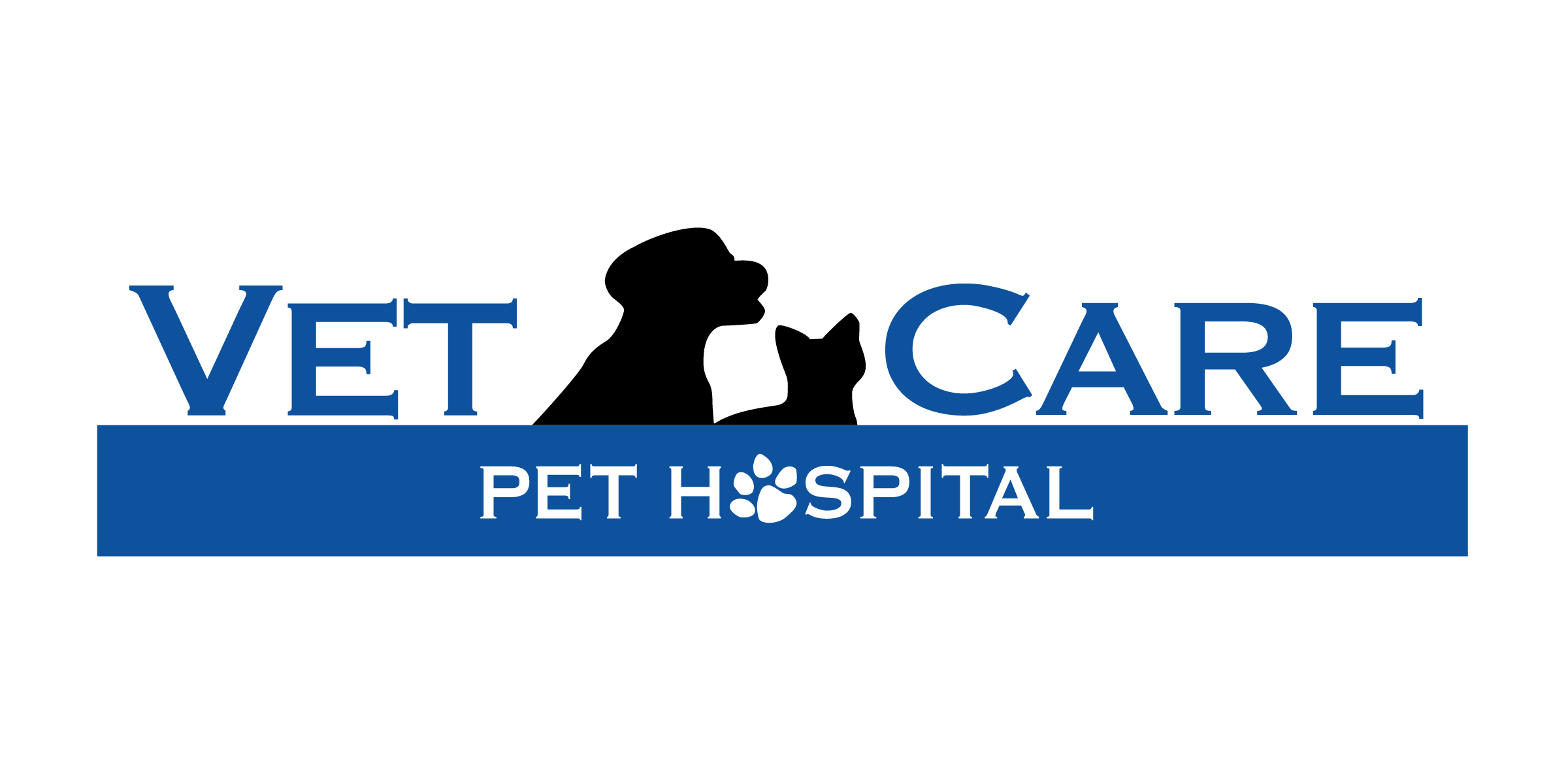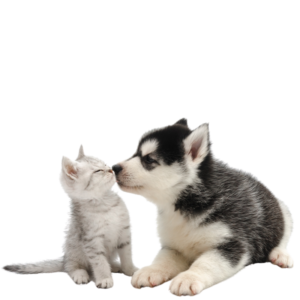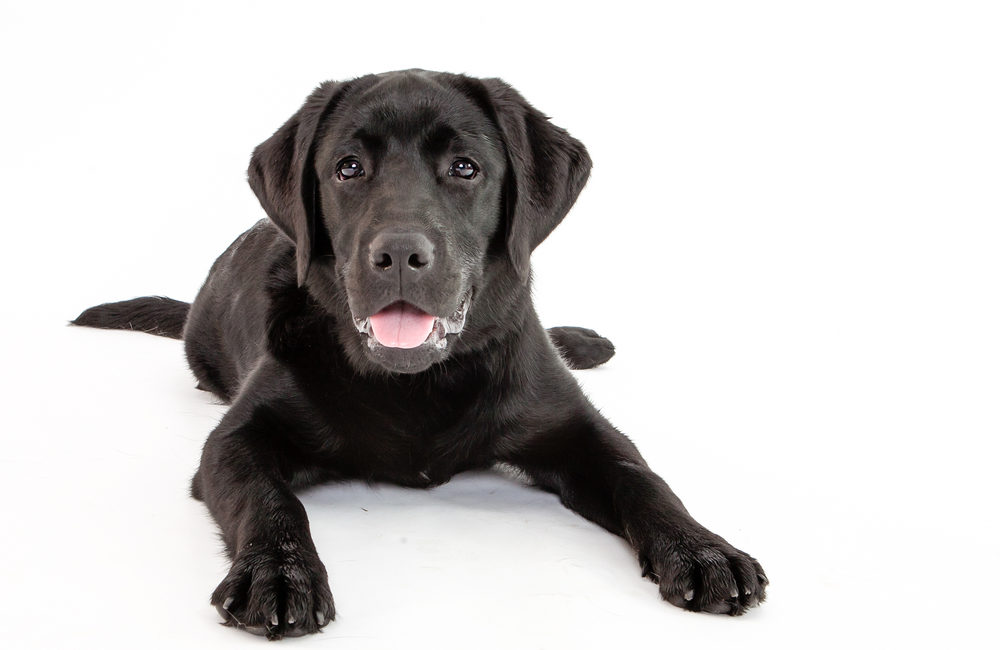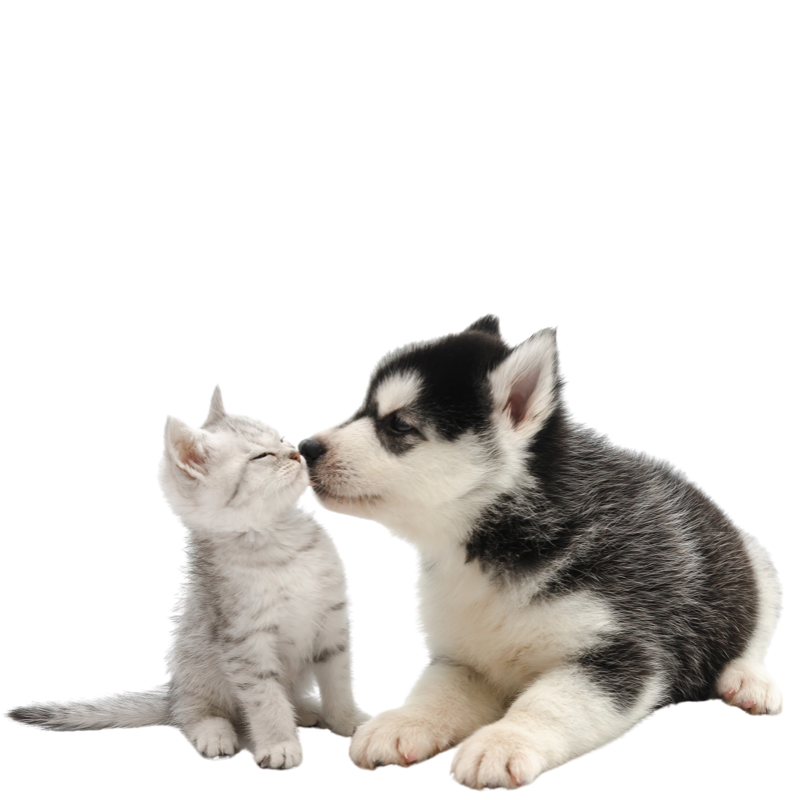What are anal glands?
Anal glands are a pair of small pockets located on either side of the anus, usually at the 4 o’clock and 8 o’clock positions. They are found in various mammals, including dogs and cats. These glands produce an oily, smelly, brownish-coloured fluid that is used to mark territory and create that animal’s unique scent to others. (This is why dogs are so fascinated with sniffing each other’s bums!)
When the animal has a bowel movement, the pressure put on the glands by the passing stool causes this fluid to be naturally expressed. Sometimes the glands will express when the animal is scared or stressed as well. Some mammals are also able to voluntarily express their glands (for example, skunks) however dogs and cats have lost this ability.
What causes anal gland problems in dogs?
Studies show that approximately 12% of dogs are affected by an anal gland disorder. Any breed of dog (or cat for that matter, although rare) could potentially have problematic anal glands, however, it’s most commonly seen in smaller breeds.
If the anal glands are unable to express naturally, the fluid will start to build up, and the glands will become impacted. This could be caused by the dog having soft stools or diarrhea for a period of time, not putting enough pressure to empty the glands during a bowel movement. Sometimes, a dog will naturally produce a thicker substance than normal that is harder to be expressed. If the glands are impacted for too long, they can become infected and abscessed.
What signs and symptoms should I look for?
The biggest sign that your dog has full anal glands in need of being expressed is excessive scooting. Many people automatically think a dog must have worms if they see them scooting, but it is much more often related to the anal glands being full. Other symptoms include licking or biting at their bum or tail, a strong fishy smell coming from the dog’s rear end, seeming uncomfortable when sitting, and pain or discomfort while defecating.
How is an anal gland disorder treated?
Impacted anal glands that the dog is unable to express on their own are generally quite easy to treat. A veterinarian or vet technician can gently express the glands manually, preventing infection, relieving the pressure and making your dog feel much more comfortable. Some dogs may need this done a few odd times throughout their life, while some will need it done on a regular basis. If your dog never has problems with its anal glands, having them expressed is unnecessary.
When left untreated for too long, an infection in the anal glands can often occur where you may see pus or blood oozing out. In this case, the glands can be flushed out, and your vet can prescribe antibiotics. Sometimes it can also develop into an anal gland abscess. In this case, you will see a large swollen lump beside the anus. It is often tender and painful so the dog may not let you touch it. If it gets full enough, the abscess may break open and start to drain out of the skin. This also would require veterinary attention to treat.
Sometimes dogs with severe ongoing anal gland issues are recommended to have them surgically removed. However, most of the time this is not preferred as it can lead to post-operative complications such as uncontrollable fecal incontinence due to a loosened anal sphincter.
Can I prevent anal gland issues?
There isn’t much that can be done to prevent future anal gland problems. Some dogs never have any issues while some must make bi-weekly trips to their vet to have the glands manually expressed. Sometimes a diet that is high in fibre can help prevent further issues because it will increase the size and firmness of the feces which puts more pressure on the glands during a bowel movement, making them more likely to express naturally. Speak to your veterinarian about the best recommendation for your dog.
Written by Stephanie, RVT




